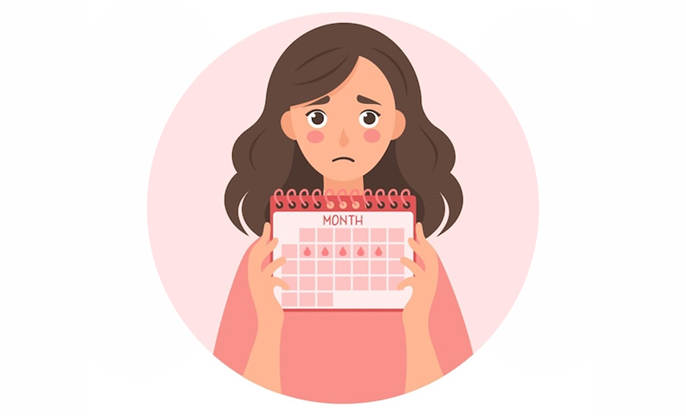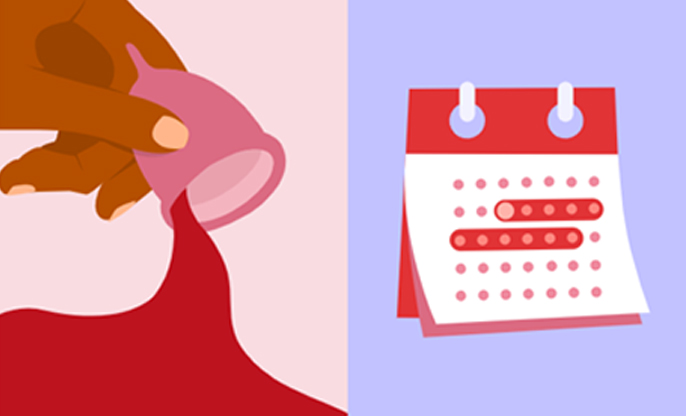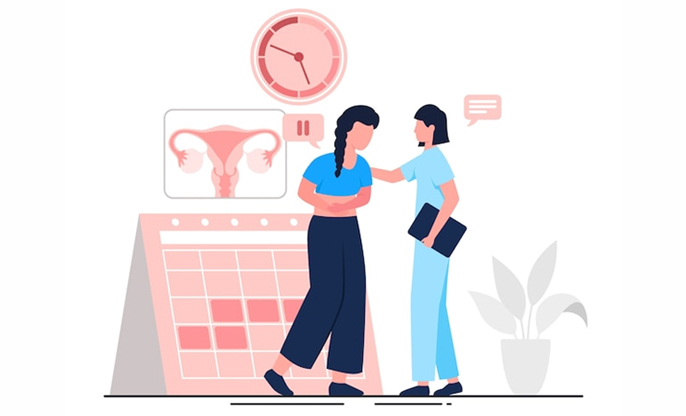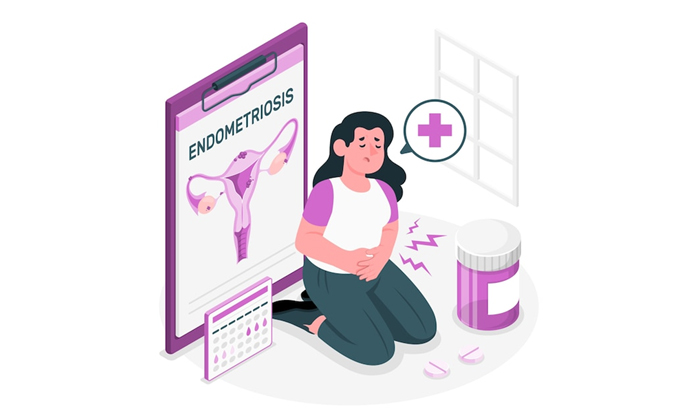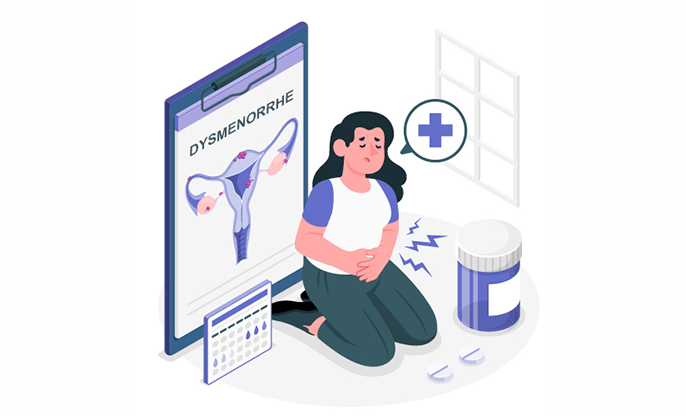
Understanding
Causes, Symptoms, and Management
Dysmenorrhea, or as it's commonly known, painful periods, is a struggle many of us face each month. It's more than just cramps - it can seriously affect our daily lives. Let’s break down what causes this discomfort, how to recognize its symptoms, and ways to manage it, so you can find some relief and keep moving forward.
Understanding the
Causes of Dysmenorrhea
There are two types of dysmenorrhea: primary and
secondary.
● Primary Dysmenorrhea is the
typical menstrual cramps that kick in 1-2 years after you first start your
period. The pain stems from high levels of prostaglandins - hormones that make
your uterus contract, causing pain and inflammation.
● Secondary Dysmenorrhea stems from issues in your reproductive organs, like endometriosis, fibroids, adenomyosis, or pelvic inflammatory disease. This pain starts earlier in the menstrual cycle and lasts longer than the cramps of primary dysmenorrhea.
Recognizing the
Symptoms of Dysmenorrhea
The main sign of dysmenorrhea is that familiar pain in
your lower abdomen, which can spread to your lower back and thighs. The
intensity of symptoms can vary:
● Intense
cramping or throbbing pain
● A dull,
continuous ache
● Nausea
and vomiting
● Diarrhea
or constipation
● Headaches
and dizziness
● Feeling
disoriented in severe cases
It's not just physical - many of us also feel irritable or depressed due to the ongoing discomfort.
How to Manage
Dysmenorrhea?
Managing painful periods involves both medical approaches
and adjusting your lifestyle:
● Medications: NSAIDs like
ibuprofen are often recommended to cut down on prostaglandins and ease the
cramps. Some may also benefit from hormonal contraceptives to regulate or
reduce menstrual flow and pain.
● Lifestyle Adjustments: Regular
exercise helps improve blood flow and reduce stress, both of which can help
ease the symptoms. Applying heat to your lower abdomen can also relax muscles
and soothe cramps.
● Dietary Changes: Eating a
balanced diet rich in omega-3 fatty acids, fruits, vegetables, nuts, and whole
grains is beneficial. Reducing fatty foods, caffeine, alcohol, and salty snacks
before your period might also help.
● Stress Management: Incorporating yoga, meditation, or simple breathing exercises into your routine can help manage stress and potentially lessen menstrual pain.
When to Seek
Medical Help?
You should talk to a healthcare provider if:
● The pain
stops you from doing your normal activities.
● Your
symptoms worsen or change from what you’re used to.
● You
experience pain at unusual times, not just before or during your period.
● Over-the-counter
meds aren’t doing the trick.
Getting help is vital - it can point out if something more
serious is causing your pain, ensuring you get the right treatment.
Understanding dysmenorrhea is the first step towards managing it effectively. By recognizing the signs and knowing when to seek help, you can take charge of your health and find ways to lessen the impact of painful periods on your life. Remember, you're not alone in this - many of us share this struggle and by sharing our experiences and solutions, we can support each other in feeling better.
